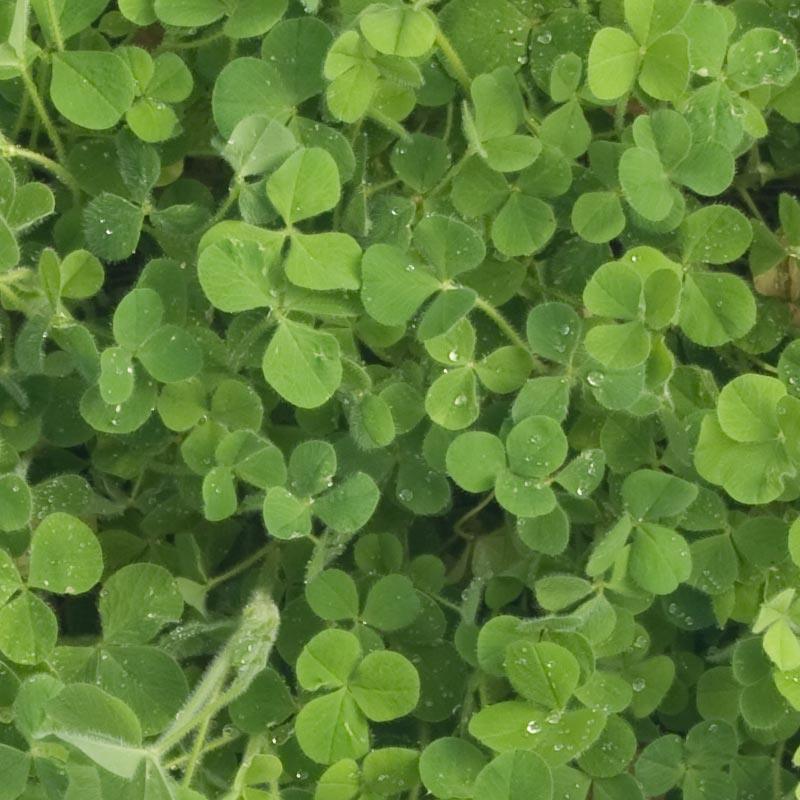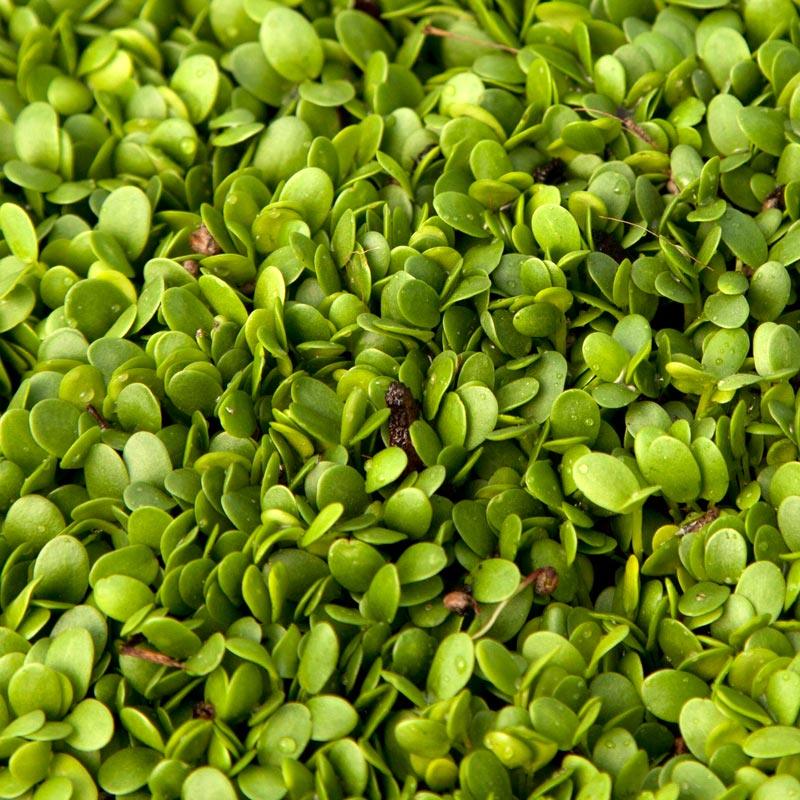Item Number: SCL310
Crimson Clover - Nitrocoated Seed (lb)
Known for Its Beautiful Crimson Flowers
Trifolium incarnatum Annual cool-season legume cover crop.
Crimson Clover is the showiest of all clovers with its vibrant crimson flower spikes. Widely planted for landscaping, erosion control, and as a cover crop, it offers beauty, cold and partial shade tolerance, and reliable reseeding ability. Establishing quickly in just 5–10 days, it reaches 18" tall and is valued as both a soil builder and a pollinator-friendly ground cover.
- Application Rate: Sow 0.25–0.5" deep at 0.5–2 lb/1,000 sq ft or 20–40 lb/acre
- Inoculant: None needed, seed is nitrocoated
- Germination: 5–10 Days
- Plant Height: 18"
- Uses: Cover crop, erosion control, green manure, pastures, ground cover
- Facts to Note: Plant in fall. Tolerates a minimum temperature of 10°F. Fixes up to 80 lb of nitrogen per acre. Crimson clover is excellent in pastures but can be overgrazed due to high palatability. Typically used as a cover crop in grain rotations rather than row crops, as it matures later.
See our guide for more information on distinctions between Red and Crimson Clovers.
Benefits of Crimson Clover:
- Nitrogen Fixation: Enhances soil fertility naturally through root nodules that host nitrogen-fixing bacteria.
- Weed Suppression: Dense growth habit shades out competing weeds.
- Soil Erosion Control: Strong root systems stabilize soil and prevent runoff.
- Soil Structure Improvement: Adds organic matter and improves aeration when incorporated.
- Pollinator Habitat: Striking blossoms attract bees, butterflies, and other beneficial insects.
Planting & Care:
- Timing: Best sown in late summer to early fall or early spring, depending on climate.
- Soil Preparation: Plant in well-prepared soils, ideally tested and amended for balanced pH and nutrients.
- Termination: Mow or till in early spring before seed set to maximize soil enrichment.
Note to Certified Organic Growers from Manufacturer: Nitro-coated seed is conventionally grown seed that has had an organically accepted seed coating applied to it. The seed itself is conventionally grown, non-GMO, and untreated (no fungicides or insecticide seed treatment applied) prior to coating. The seed coat consists of certified organic powdered limestone, an organically approved binder (glue), and peat peat-based inoculant that is also OMRI-approved and organically accepted. The seed coating is applied in a OMRI-approved process in a separate treatment line that only produces Nitro-coated seeds.
Crimson Clover’s striking appearance and soil-building qualities make it an exceptional choice for sustainable gardening and farming systems. Incorporate it into your garden or crop rotation to enrich soil, protect against erosion, and support pollinators.



Check Your Zone Compatibility:
Compatible with your zone.
Growing Zone for

Our Guarantee To You
Since 1976, we've served our customers at every stage of growing. Please contact us at any time. We are happy to support and assist you.
Shipping Information
Shipping Information
Shipping Weight: 1.1 lb
Dimensions: 8.0"L x 6.0"W x 2.0"H
Features
Features
- Adds Significant Organic Matter
- Attracts Bees/Butterflies
- Attracts Beneficial Insects
- Cold Hardy
- Down to 25°F
- Fixes Nitrogen
- Good for Forage/Hay
- Good for Weed Competition
- Helps Control Erosion
- Nitrocoated
- Provides Quick Growth
- Shade Tolerant
- Tolerates Mowing/Grazing
Characteristics
Characteristics
Use Instructions
Use Instructions
Useful Information
Useful Information
Guarantee
Guarantee
Share




Growing well
Clover sprouted with no problem, seems very high quality.
Some has been planted. No germination as yet. Too soon to tell.
Beautiful cover crop.
I bought a pound of this seed to cover a 500 sq ft section of yard - after watering every day for a couple of weeks, I had tons of new growth popping up. A few weeks later on my normal 3x/week deep water, I had substantial growth coming through. Take the time to really mix this into the soil though - there were a couple of patches that I was hasty with my mixing and those areas didn't grow (not surprising). Would highly recommend this product!




